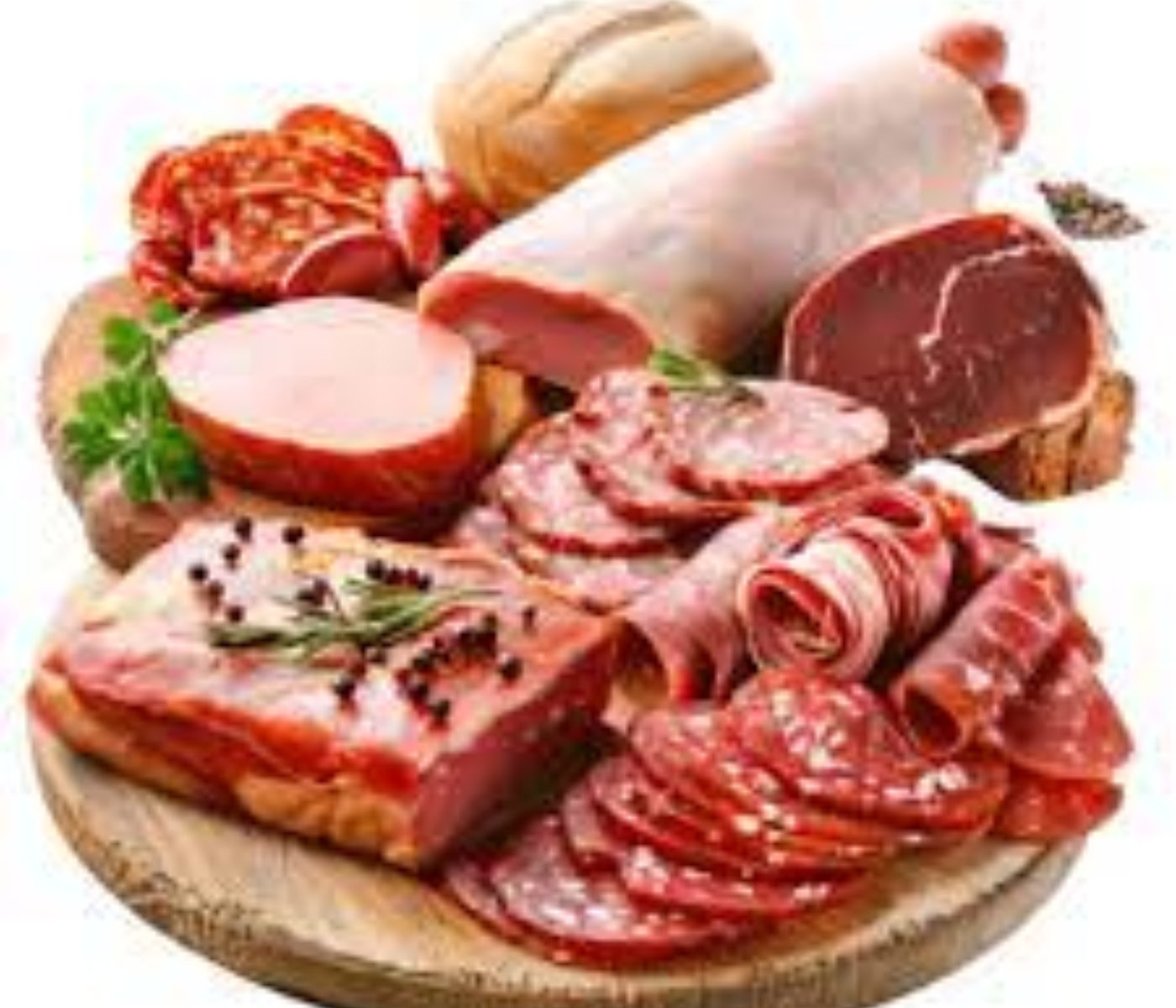 16 Jun 2025
16 Jun 2025
Unlocking Value from Edible By-products: Industrial Uses and Processing Techniques
Edible by-products, though requiring a certain level of processing, represent a significant opportunity for the meat industry. However, their production calls for substantial investment in specialized equipment and designated facilities. Therefore, it is crucial that industry players evaluate the availability of raw materials (supply), the expected volume (storage capacity), and the market potential (demand) before committing to such ventures. Proper planning ensures investments translate into economic gain.
This article, developed with insights from instructors of the Diploma in Beef and Carcass Quality, explores key edible by-products and how they are processed effectively.
Blood: From Waste to Value
Bovine blood, obtained during the slaughter process, is one of the main contributors to the organic load in slaughterhouse effluents, with high biological oxygen demand (BOD) and nitrogen content. Proper use of blood helps reduce environmental impact and unlocks its highly digestible protein content.
Blood is separated into plasma and corpuscles. After collection, anticoagulants are added, and centrifugation isolates erythrocytes.
Collection Methods
The process starts with bleeding the animal using two knives: one to open the hide and the other to sever major blood vessels at the neck’s base. Blood may be collected in a clean pan or using a vacuum-assisted “vampire” knife, which offers a more hygienic collection method. Once gathered, anticoagulants are sprayed, and the blood is refrigerated for processing.
In the industry, coagulation, centrifugation, and spray drying yield powdered plasma and hemoglobin, useful in various applications including blood sausages.
Anticoagulants used industrially include sodium citrate and food-grade sodium salts for stability. Other additives like EDTA enhance physical properties, while sodium heparin, though effective, is less used due to cost. These are applied in powder form, hydrated, and sprayed during collection.
Depending on processing:
Natural Casings: More than Just a Wrapper
Casings, primarily the submucosal layer of intestines, are sourced from bovine, ovine, porcine, and equine species, with the remaining layers (serosa, muscular, mucosa) removed during processing.
Uses and Characteristics
Casings are not only containers but influence texture, structure, and sensory attributes of the final product. Sheep casings, being translucent and narrow, are used for fine emulsions like cooked sausages. Pork casings suit fresh sausages such as chorizo, while bovine casings, due to larger diameter, are ideal for blood sausages or salami. Pig caecum is used in products like pork cheese, and bovine bladders serve in mortadella production.
Preparation and Preservation
Natural casings are soaked in warm water, sometimes with organic acids. They are salted and bundled, then stored in plastic buckets or barrels. Pre-tubed or pleated casings save time during sausage stuffing.
This entire process defines the casing industry, where most output feeds into sausage production or direct consumption.
Casing Types Include:
Mechanically Recovered Meat (MRM): Efficient Resource Use
As demand grows for certain meat cuts, processors are left with bones carrying residual meat and connective tissue. These “meaty bones,” once sold for pet food, are now processed into MRM using specialized equipment.
MRM is ideal for emulsified products like mortadella or Vienna sausages thanks to its texture and emulsifying qualities. It also adds spreadability and smoothness to products like meat pastes and pâtés.
Meat Extract: A Savory Concentrate
Meat extract is produced by concentrating meat broth into a paste, either directly or as a by-product of canned corned beef production. By reducing water content and concentrating salt, it becomes shelf-stable at room temperature.
The endpoint of concentration is determined at 32 degrees Baumé, which also corresponds to around 57.6° Brix. This extract is widely used in the food service industry.
Gelatin: A Hidden Meat Industry Gem
While often associated with candy or dairy products, gelatin is deeply rooted in the meat industry, derived from partial hydrolysis of collagen in animal skin, connective tissue, and bones. It contains nearly all essential amino acids and serves various culinary and industrial applications.
Production Process Includes:
Bovine “Primer Juice” (First Tallow Melt): Rendered Fat for Food Use
The first melt of raw bovine or ovine fat—called primer jugo—is obtained by melting fat without separating its natural lipid fractions (oleo-stearin, oleo-margarine). The process involves open-vessel melting at under 80°C or modern alternatives using variable temperature and pressure for equal or superior quality.
This food-grade fat is obtained from:
References: Agroglobal
Subscribe now to the technical magazine of animal nutrition
AUTHORS
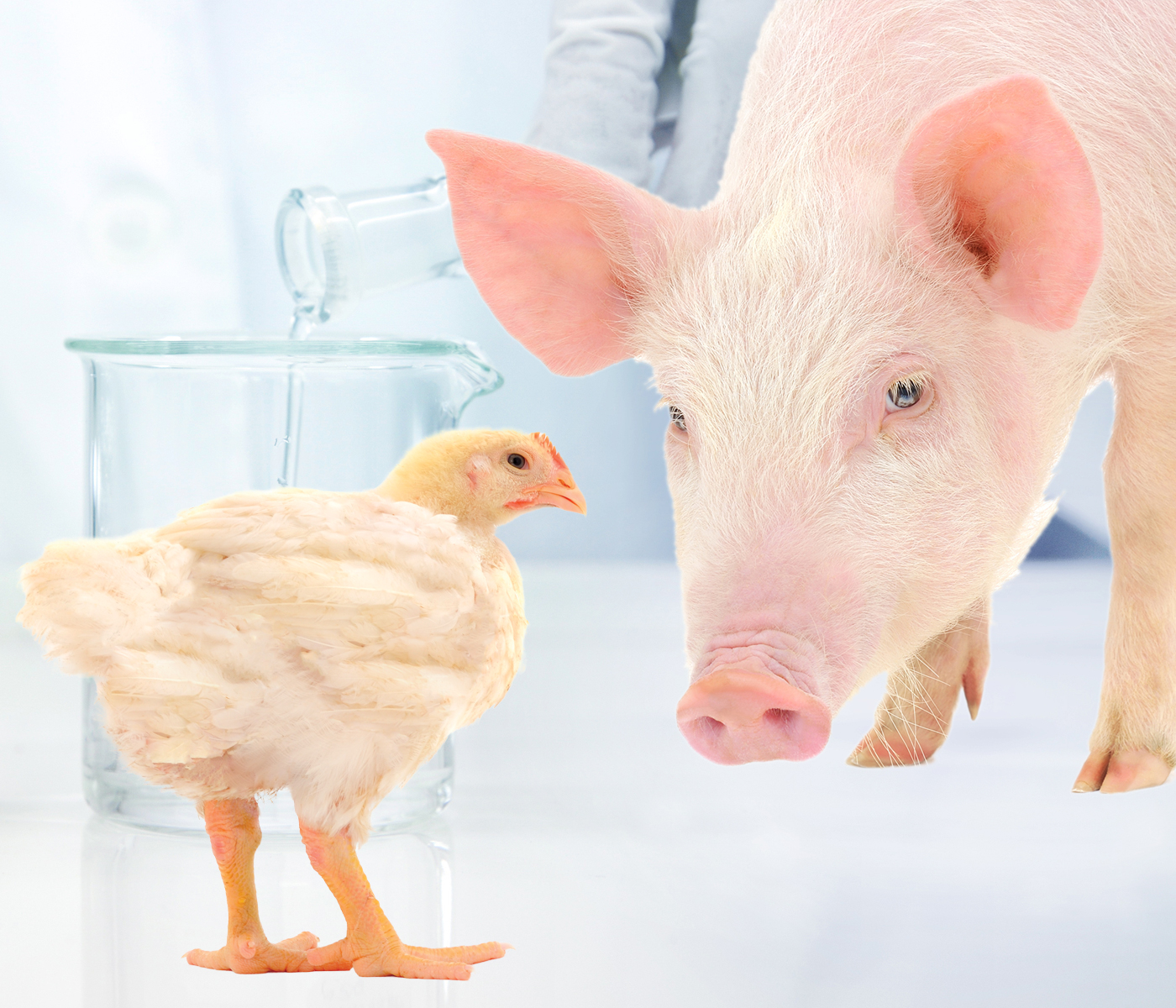
Still using Choline Chloride in animal nutrition?
Maria Alejandra Perez Alvarado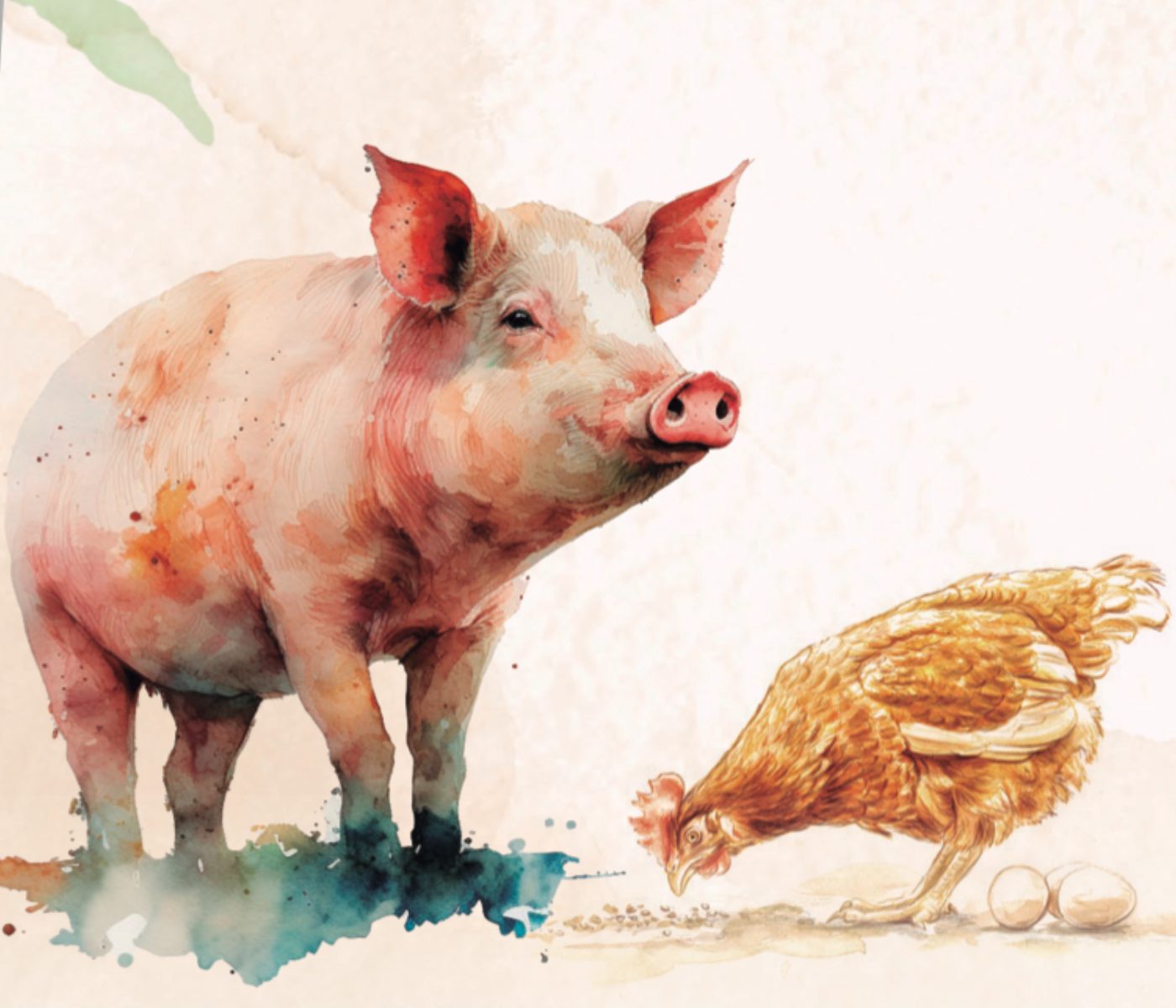
Unlocking the Potential of Sorghum in Poultry and Swine Nutrition
Vivian Izabel Vieira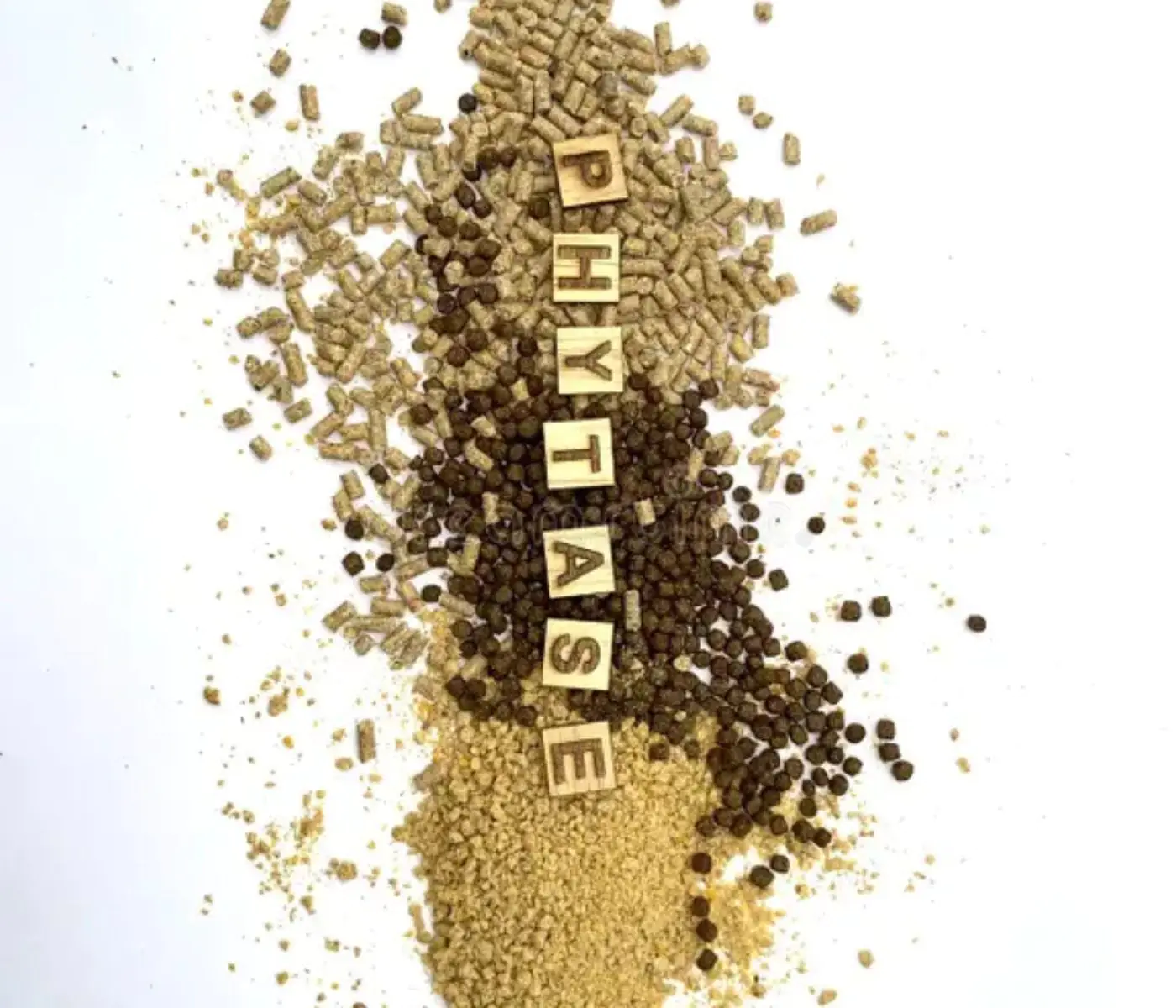
The Secrets Behind a Phytase
Juan Gabriel Espino
Nutrient and energy content of synthetic and crystalline amino acids
Edgar Oviedo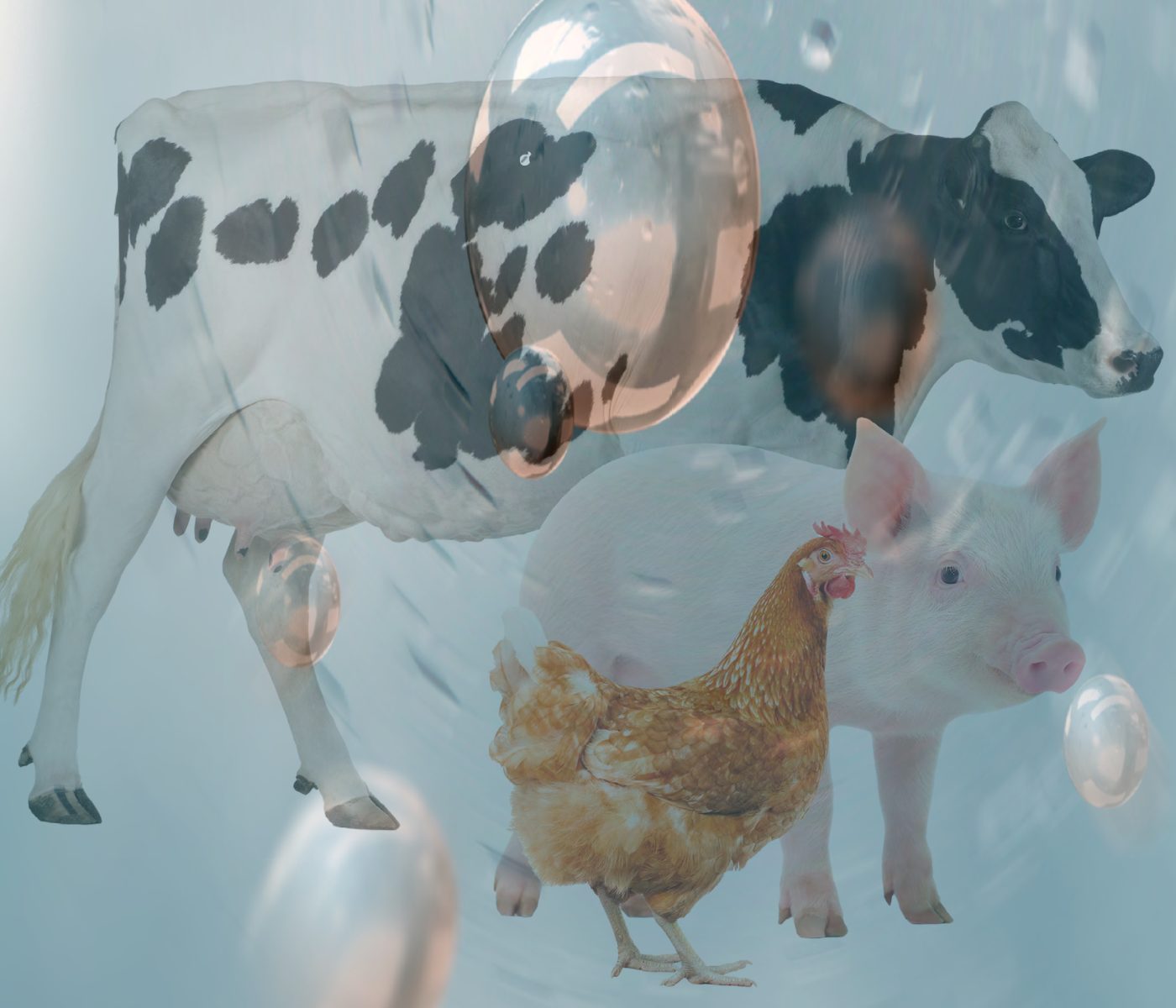
Micro Minerals, Macro Impact: Enhancing Poultry, Swine, and Cattle Nutrition
Gustavo Adolfo Quintana-Ospina
Smart Nutrition: Targeted Strategies to Combat Necrotic Enteritis in Broilers
M. Naeem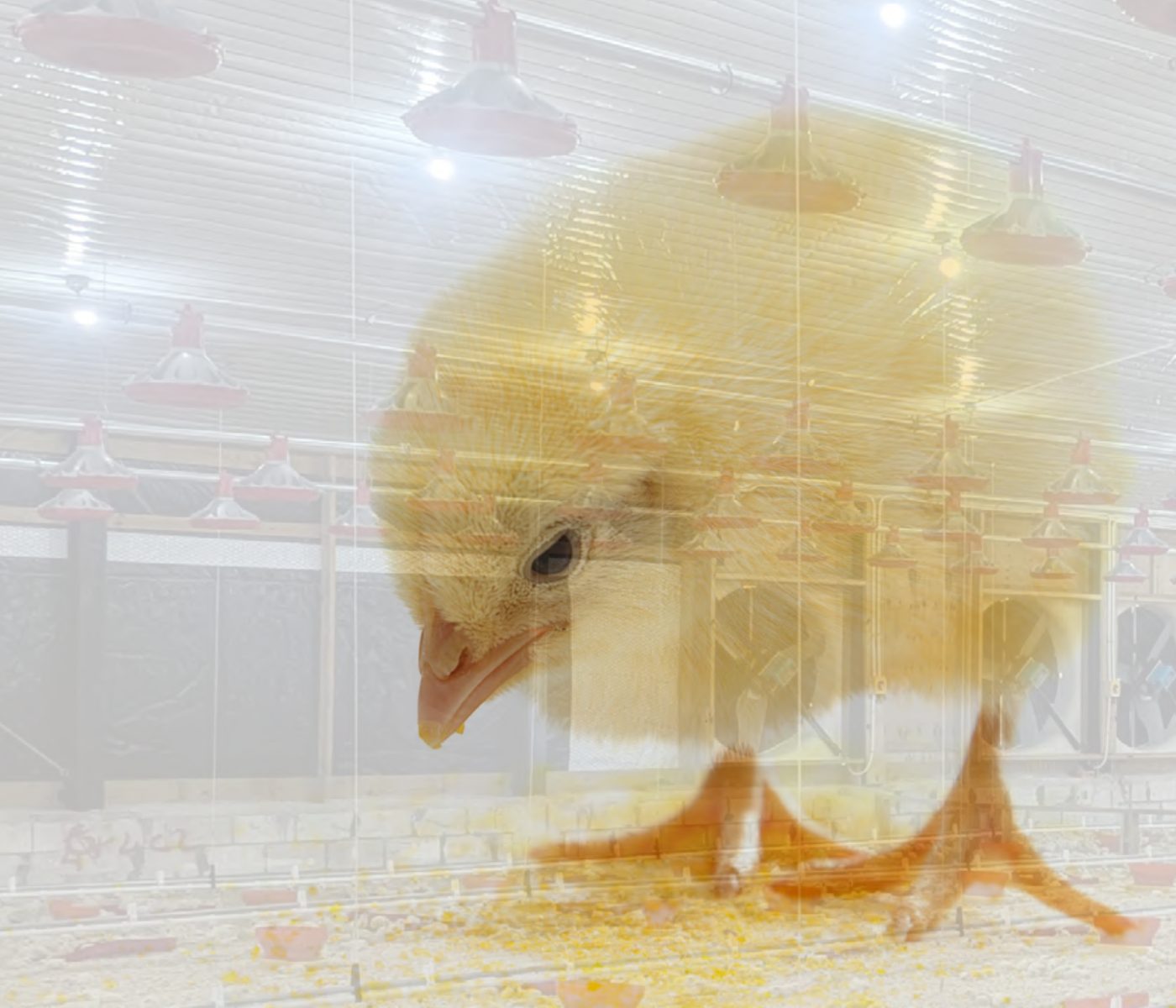
Navigating Poultry Nutrition in a Tropical Environment
Tanika O'Connor-Dennie
Protein in Aquafeeds: Balancing Requirements, Sources, and Efficiency
Jairo Gonzalez
Use of oxidized fats in pigs: risks and considerations
Maria Alejandra Perez Alvarado